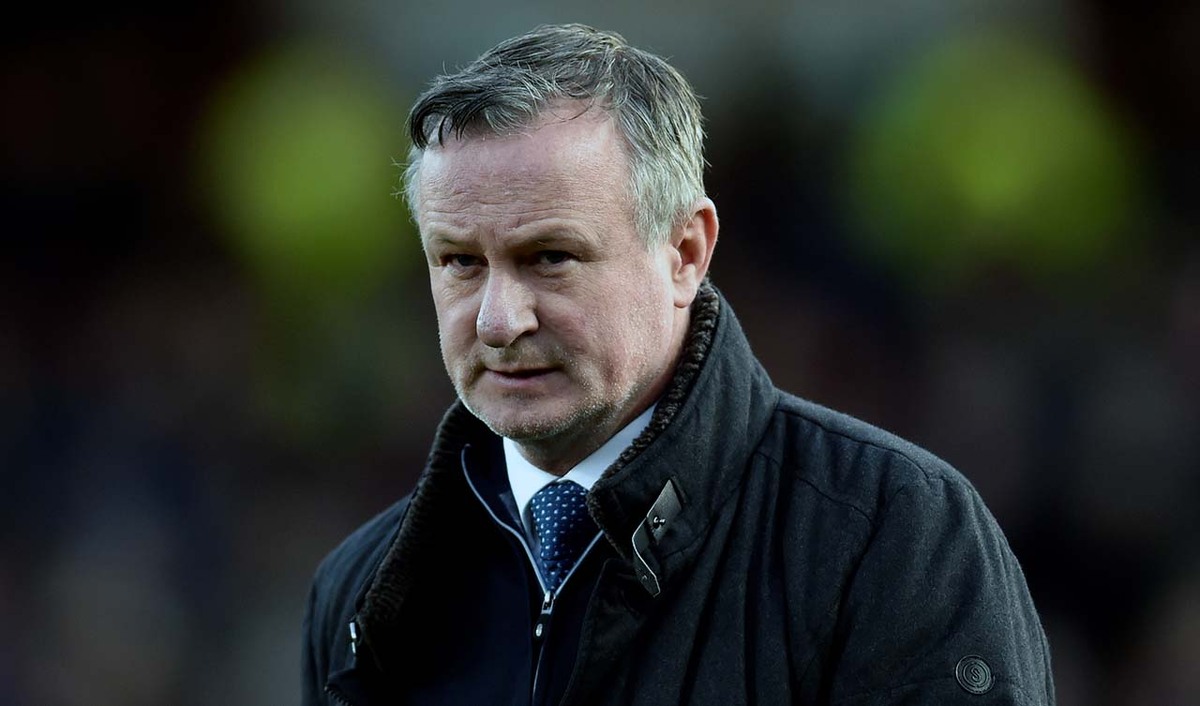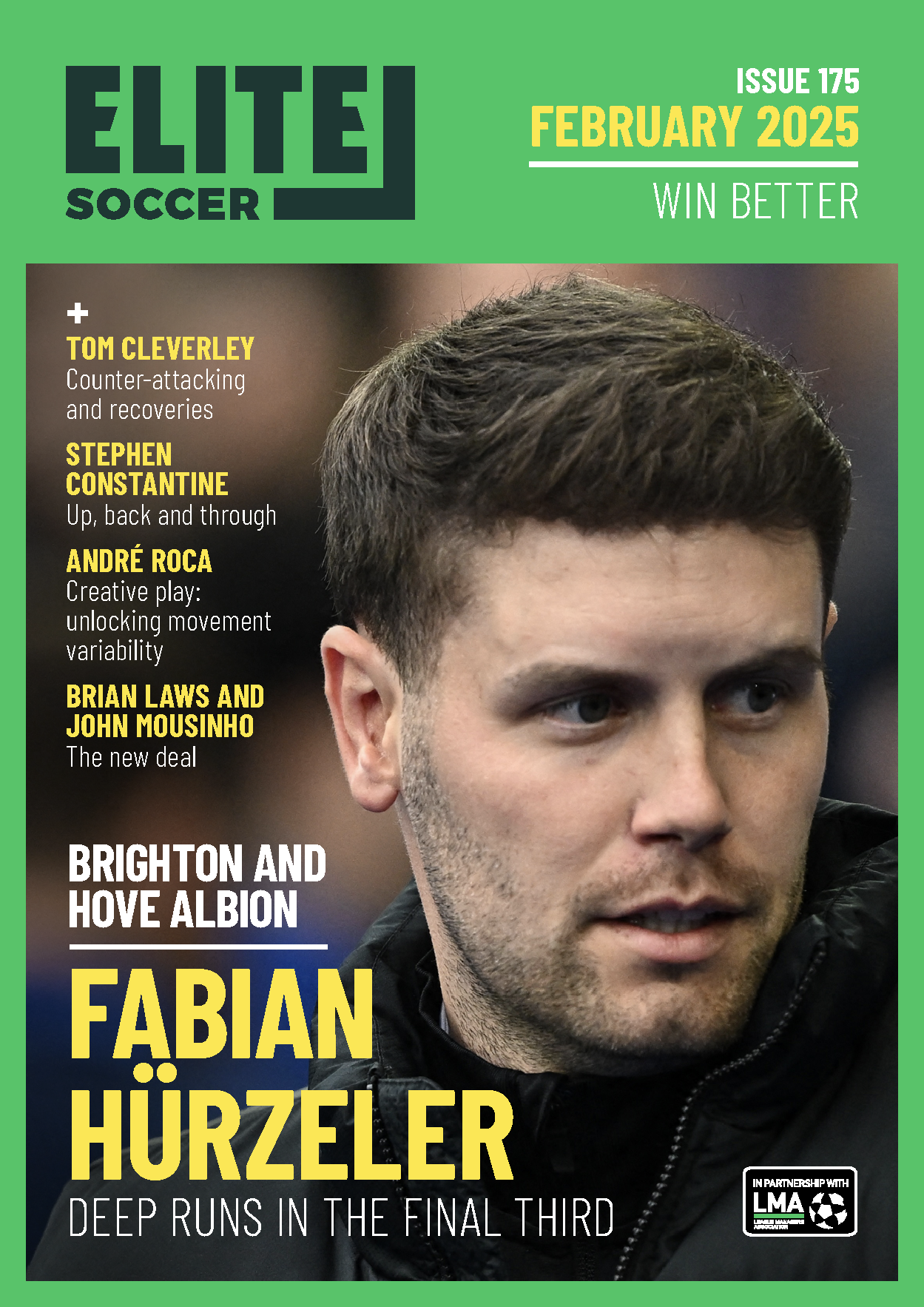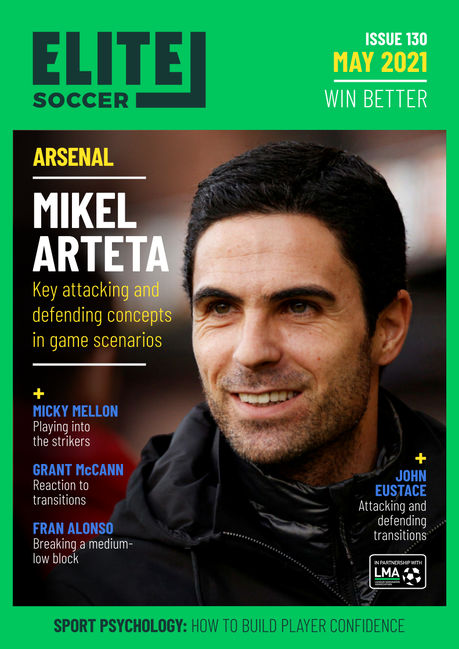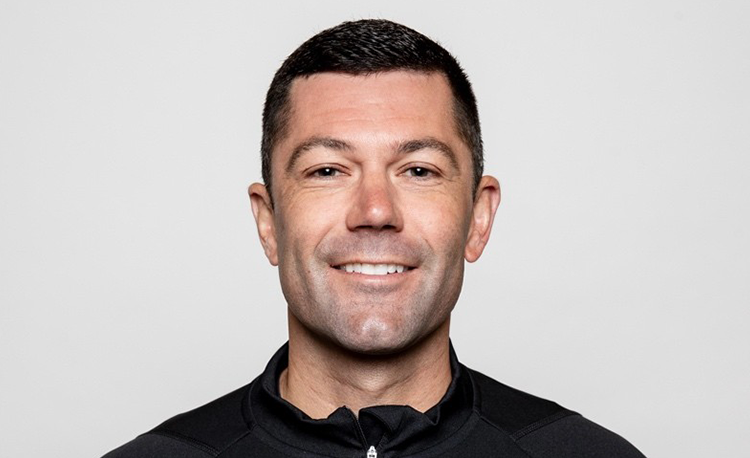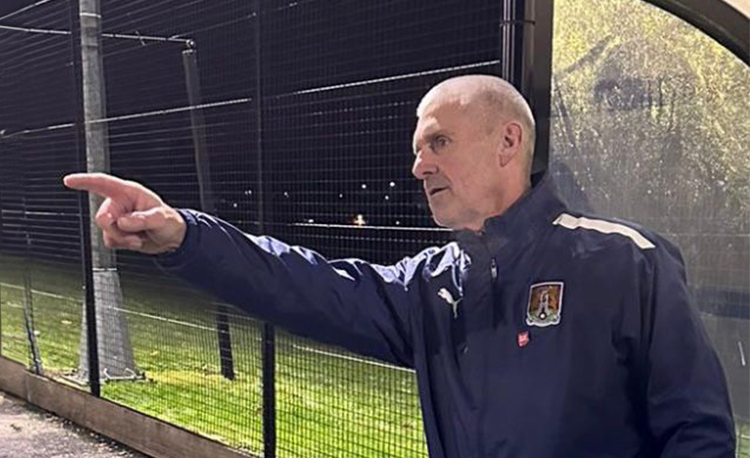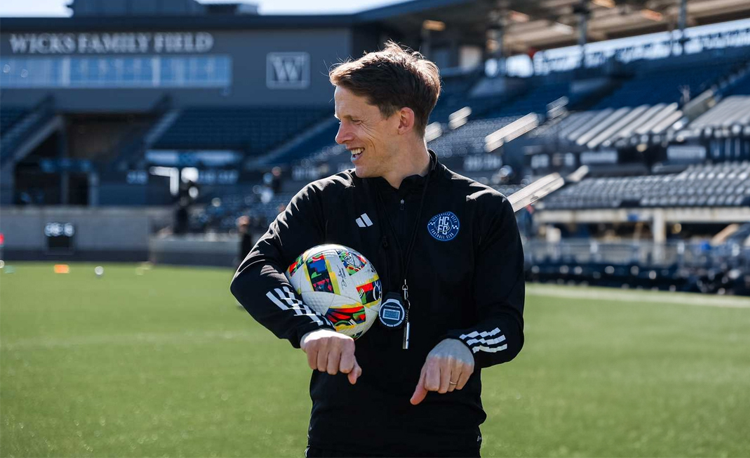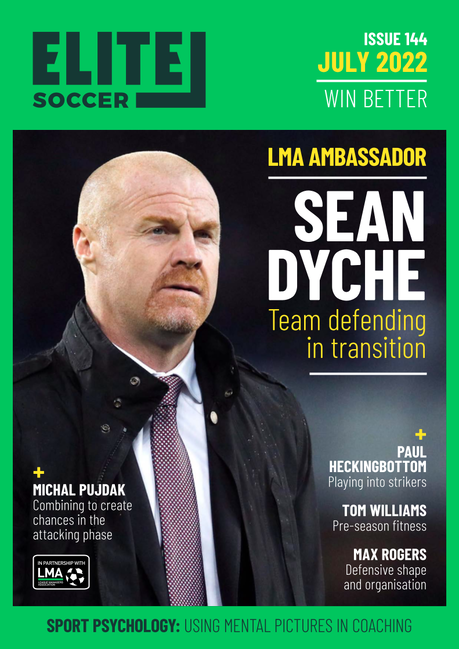You are viewing 1 of your 1 free articles
Counter-attacking from deep
Away from home in international football we always have a deeper defensive position as a team and, therefore, to have attacking threat, we use this session for both purposes.
| Area | Three quarters of a pitch |
| Equipment | Balls, bibs, cones, 3 full size goals |
| No. of Players | 18 players + up to 3 goalkeepers |
| Session Time | Total: 62mins, Main session: 20mins, Progression: 24mins, Counter-attacking game: 18mins |
This is both a defensive shape session and a counter-attacking session. Away from home in international football we always have a deeper defensive position as a team and, therefore, to have attacking threat, we use this session for both purposes.
The session is a good alternative to an 11v11. The overload creates situations you are liable to face in a game and you can tailor the session to mirror the opposition’s system and style of play.
In the lead up to one of our international fixtures we would typically have four or five days of preparation, so we would tend to do this session twice in that preparation period.
What do I get the players to do?
Main session
Set up on half a pitch plus ten yards, with a 20x20-yard zone marked out around the centre circle, and with the wings coned off diagonally on each side, tapering from the halfway line, as shown [1]. Create two teams of six, each with three players in the centre zone, a supporting wide player to each side of the centre zone and a forward to attack the goal. Additionally, create a third team made up of two defenders and a goalkeeper to protect the goal.
1
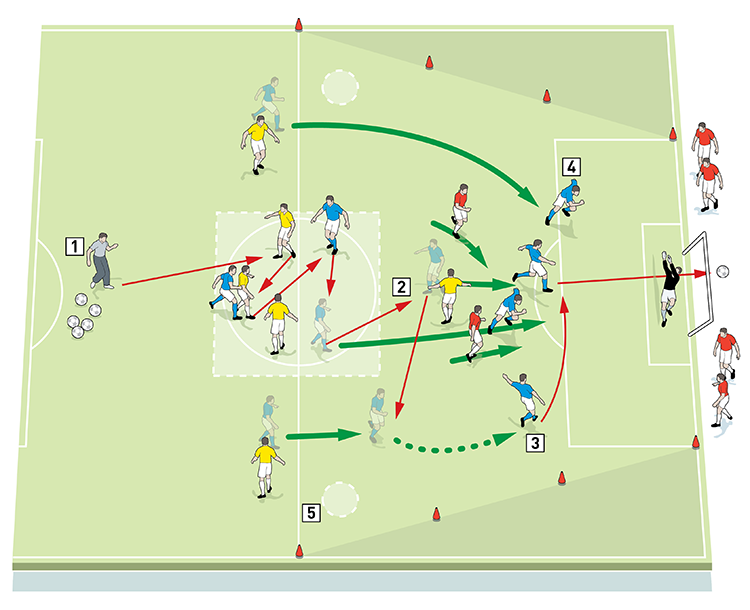
2. On the coach’s call, the team in possession counter-attacks the two red defenders, starting with a pass to their forward
3. The objective is to use the wide players to help attack the goal
4. Supporting players make fast penetrative runs to open up opportunities to score
5. Progress by adding recovering full backs in the marked wide areas using the waiting subs
Play starts with the coach feeding a ball into the centre zone where it is passed around in a 3v3 between the two teams under no pressure. On the coach’s call, the team in possession at the time counter-attacks against the two red defenders. The pass out of the centre zone must be linked with the striker to initiate the attack and the objective is to use one of the supporting wide players en route to scoring.
The main purpose of the drill is to get your wide players and midfielders to recognise counter-attacking opportunities and to react quickly, with fast penetrative runs, good decisions on the ball and a quick resolution with an attempt on goal.
You can progress the session by adding recovering full backs starting in the marked wide areas using the substitute players. Or you could adapt the session by turning the passing square into a possession square, where the counter-attack is triggered after four passes by the team in possession. In this adaptation the team out of possession can also serve as recovering defenders in wide areas, with one as a recovering central midfielder.
Play for 20 minutes with coaching intervals and good recovery. Ensure play is at a high intensity when attacking.
How do I progress the session?
Progression
Set up on three quarters of the pitch with a full sized goal and a goalkeeper at one end and two full sized goals with keepers at the other, as shown [2]. If you don’t have three goalkeepers, use two small, unattended goals at one end instead of the two full sized goals.
2
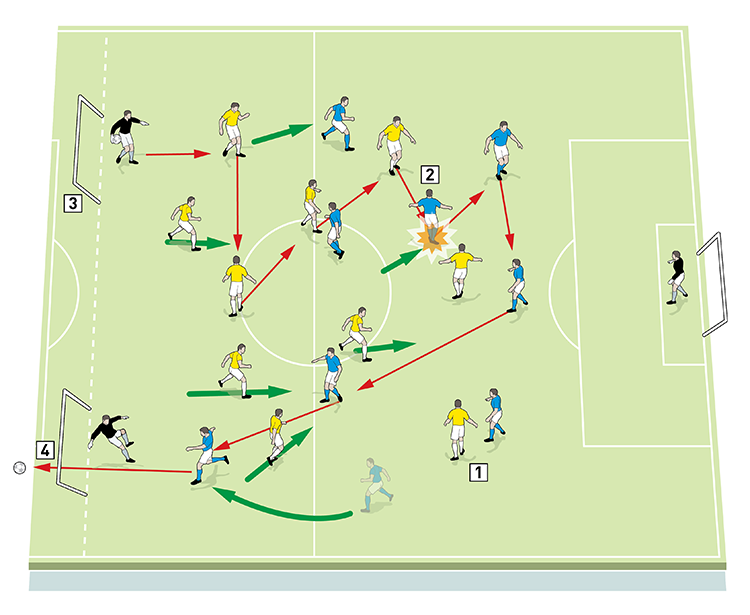
2. The blues must try to win the ball and counter-attack
3. Having two goals to defend makes it more difficult for the yellows
4. The blues can score in either goal or by hitting long passes into the keeper’s hands to encourage higher pressing from the yellows
Play 10v8 in the main area. Set up the yellow attacking team in the shape of your expected opposition (here we’ve set them up in a 4-3-3) and they attack the single goal. The eight blues must try to win the ball and counter-attack the two goals at the other end. They can be rewarded by scoring or by getting the ball into the hands of a goalkeeper with a longer pass, which will encourage higher pressing from the yellows, of the kind you may expect from the opposition.
If your intended opponents play through the middle of the pitch a lot, an area can be marked to mimic this in the drill – and instruct the blues to aggressively press this area.
We did this drill often in our preparation for Euro 2016. We had to defend deep a lot in the tournament, so it was realistic to how we would have to play, launching counter-attacks from deeper areas. We rotated teams and players in preparation, so everyone had a good exposure to how we intended to play in the tournament games.
Play for 18-24 minutes in six-minute intervals.
How would I put this into a game situation?
Counter-attacking game
Set up on three quarters of a pitch, with a goal and a goalkeeper at each end, and with the wings coned off on each side, as shown [3]. Play an 8v8 game with two floating players (the reds) who must play in wide areas of the pitch. The floaters play for the team in possession, so when teams win the ball and counter-attack, they go from being two men down to having a 10v8 advantage.
3
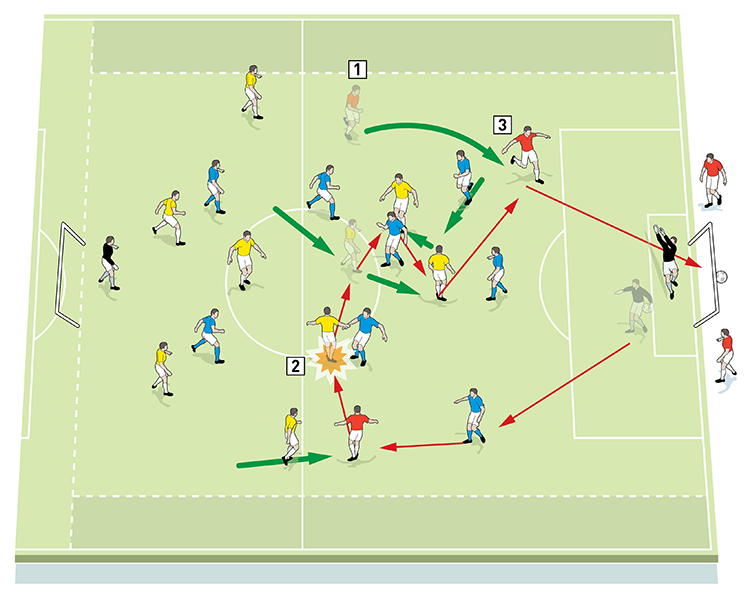
2. The defending team must make a quick transition to attack on gaining possession
3. Encourage counter-attacks using the floating wide players. Here a quick counter sees the floater score for the yellows
The objective is to find the floating players on turnover of possession. Look for quick transitions, good decisions and quick outcomes – play at high intensity with minimal coaching. It is important to rotate the floating wide players, as they generally do most running in wide areas.
Play for 18 minutes in six-minute intervals.
What are the typical mistakes that players might make, and how do I avoid them?
In the main session, typical mistakes include players making a poor choice of pass or making too many passes to conclude an attack.
In the progression, players have to deal with an overload so they must be disciplined in their shape and press at the right times, not over long distances. It’s key for them to find a pass or solution to overcome the attacking team’s press when possession is turned over.
The final part, the counter-attacking game, is designed for quick transitions and quick attempts on goal, so in this phase of the session it is key not to overplay due to the numerical advantage teams have when in possession.
What are the key things to look out for?
The keys thing is to see that the players are fully aware of their opportunities to counter-attack, making forward runs at pace particularly in wider areas. They should show they are capable of making good decisions on the ball.
Related Files
Editor's Picks
Deep runs in the final third
Using the goalkeeper in build-up play
Pressing principles
Intensive boxes drill with goals
Penetrating the final third
Creating and finishing
My philosophy
Pressing initiation
Compact team movement
Coaches' Testimonials
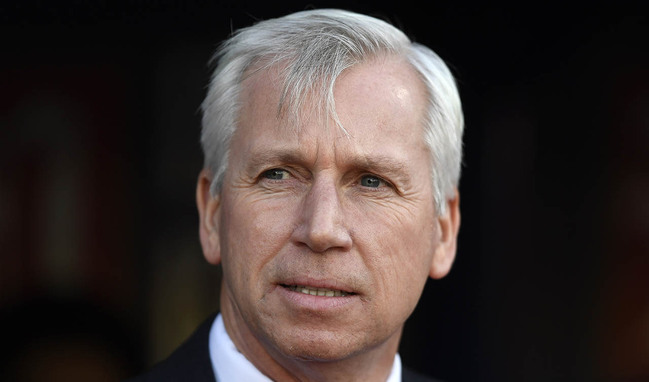
Alan Pardew
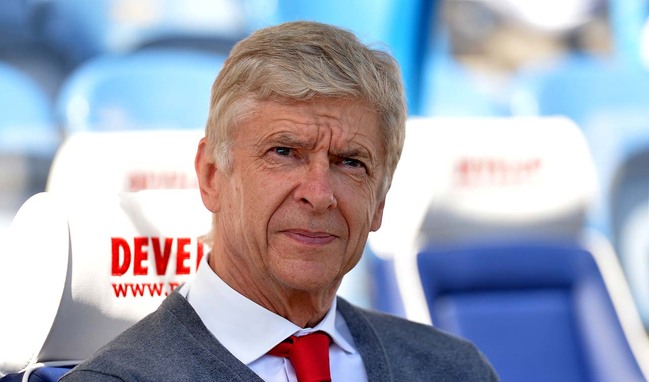
Arsène Wenger

Brendan Rodgers
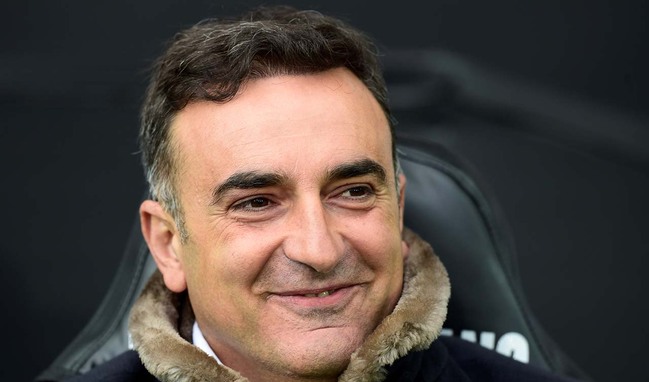
Carlos Carvalhal
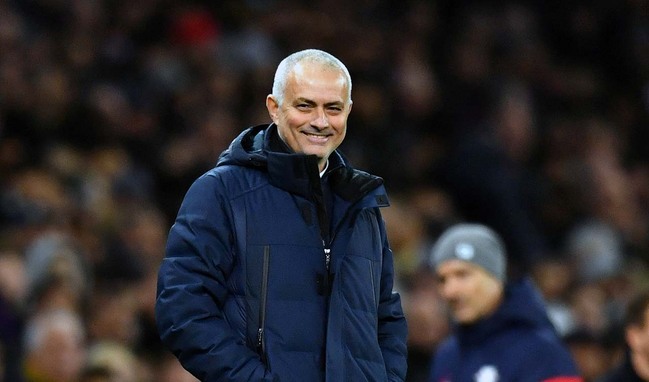
José Mourinho
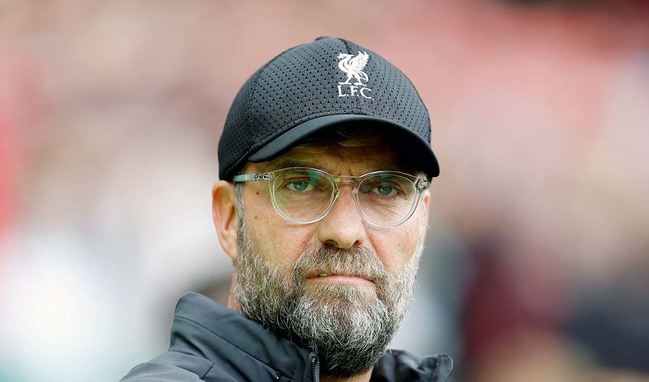
Jürgen Klopp
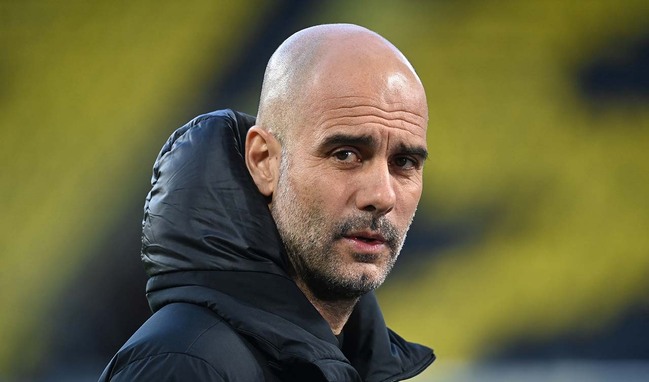
Pep Guardiola
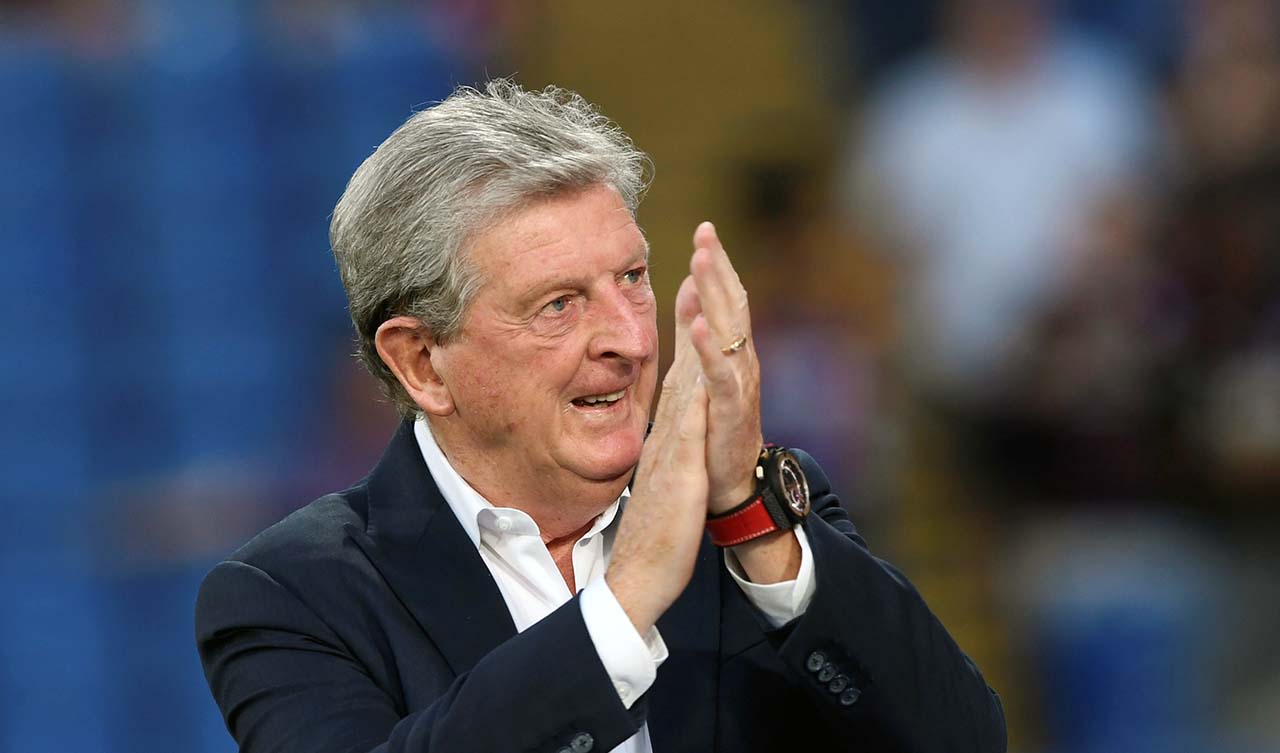
Roy Hodgson
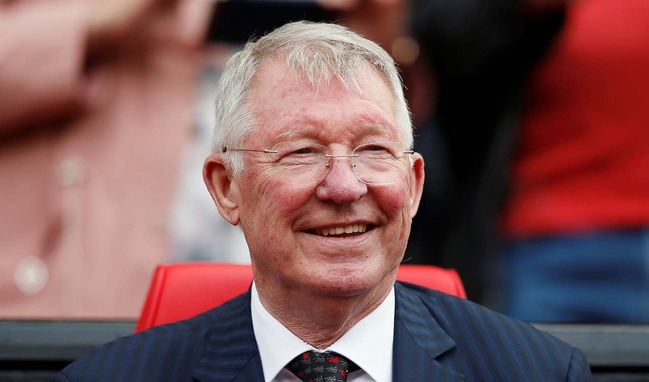
Sir Alex Ferguson
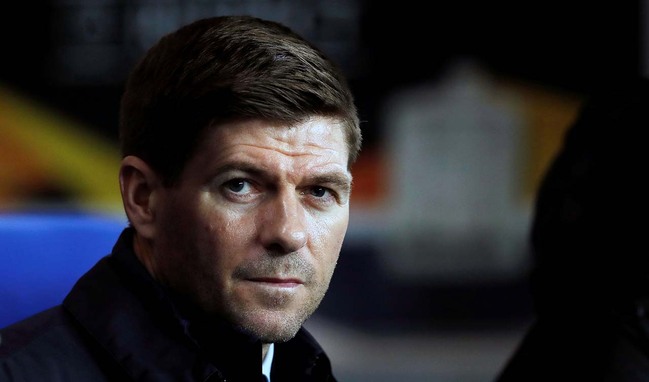
Steven Gerrard
Coaches' Testimonials

Gerald Kearney, Downtown Las Vegas Soccer Club

Paul Butler, Florida, USA

Rick Shields, Springboro, USA

Tony Green, Pierrefonds Titans, Quebec, Canada
Join the world's leading coaches and managers and discover for yourself one of the best kept secrets in coaching. No other training tool on the planet is written or read by the calibre of names you’ll find in Elite Soccer.
In a recent survey 92% of subscribers said Elite Soccer makes them more confident, 89% said it makes them a more effective coach and 91% said it makes them more inspired.
Get Monthly Inspiration
All the latest techniques and approaches
Since 2010 Elite Soccer has given subscribers exclusive insight into the training ground practices of the world’s best coaches. Published in partnership with the League Managers Association we have unparalleled access to the leading lights in the English leagues, as well as a host of international managers.
Elite Soccer exclusively features sessions written by the coaches themselves. There are no observed sessions and no sessions “in the style of”, just first-hand advice delivered direct to you from the coach.
